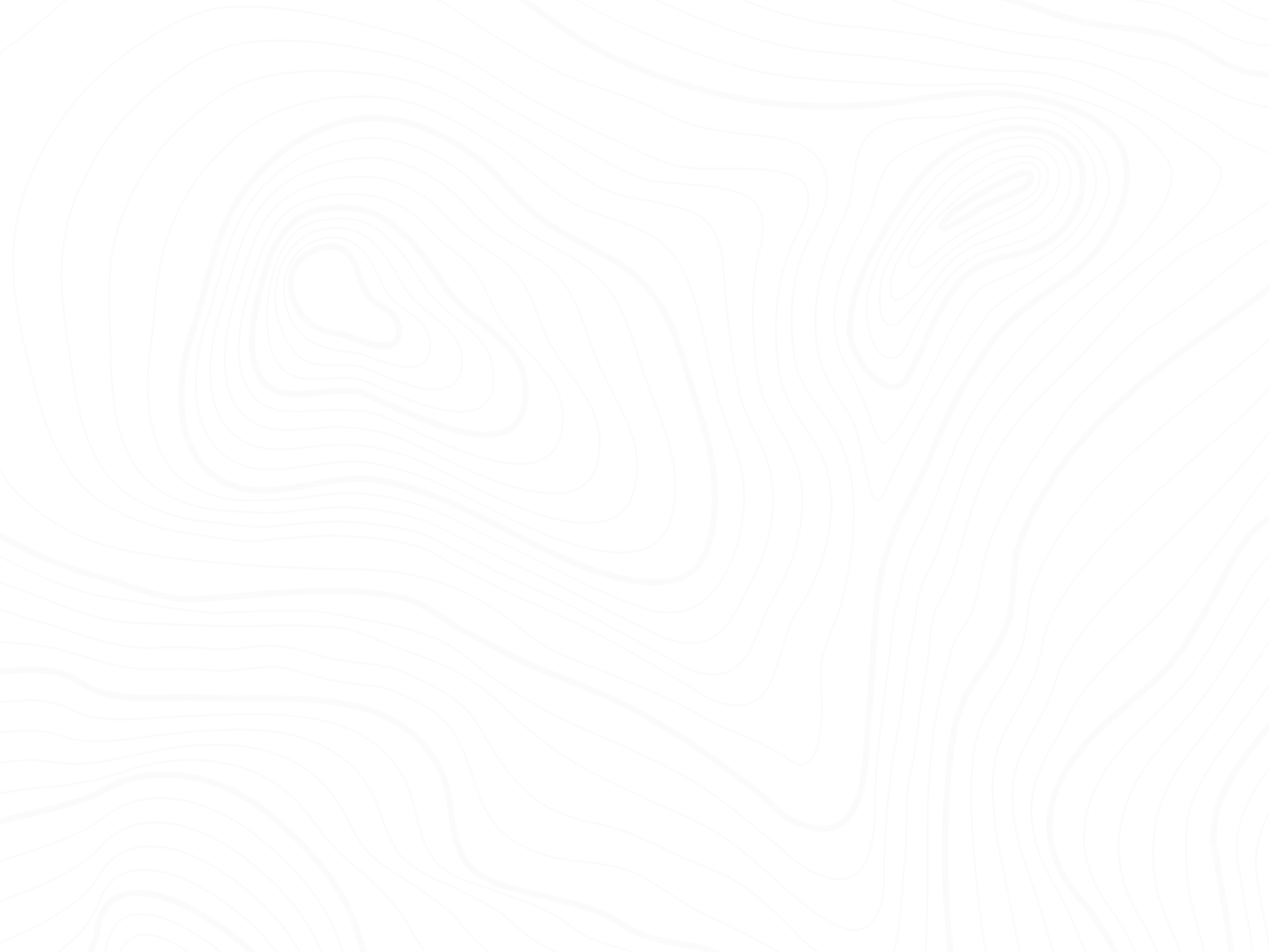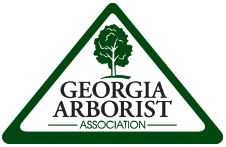
The Georgia Arborist Association is dedicated to actively engaging and educating communities throughout Georgia on the significance of hiring certified arborists and fostering a vibrant urban canopy.

Why Hire An Arborist
Professional, trained arborists know how to properly maintain trees for the safety of the public and the health of the tree.
How to Choose the Right Arborist For Your Project
Use our Find an Arborist Tool to search for certified arborists in your area.
Verify the credentials of anyone that you hire.
Request opinions/proposals from multiple professionals.
Request insurance verification.
Choose the service that you feel best about, weighing in the cost, expertise, and what is best for the tree.
Why Hire an ISA Certified Arborist®?
For Tree Health
Certified arborists utilize proper tree care practices based on scientific principles and industry guidelines. They employ techniques such as pruning, fertilization, and pest management in a way that promotes tree health, longevity, and safety.
For Risk Management
Certified arborists are skilled in assessing the health and structural integrity of trees, identifying potential risks such as diseased or structurally unsound limbs and can recommend mitigation strategies.
For Professionalism
Certification demonstrates a commitment to professionalism and adherence to industry standards and ethics. Certified arborists are held to a high level of accountability, ensuring that they provide quality service and prioritize the health and safety of trees.
For Knowledge and Experience
Certified arborists have undergone rigorous training and testing to acquire comprehensive knowledge and skills in tree care, maintenance, and management. They possess a deep understanding of tree biology, health, and best practices for tree care and must continuously pursue additional education to maintain certification.
For Safety
Certified arborists are trained in safety protocols and use specialized equipment to minimize risks and ensure the safety of themselves, their crew, and your property.
Insurance
Homeowners are increasingly receiving notification with an ultimatum to either remove trees deemed a risk by the insurance company or lose coverage of their homeowners’ insurance.
The methodology for insurance companies assessing a tree’s risk to property appears to be primarily satellite imaging/drone footage with no consultation from professionals in the tree care industry.
The directives from the insurance agency may violate local tree ordinances, increase tree risk and cause undue harm to your trees. If you receive notice from your insurance company, please contact an ISA Certified Arborist® to work with you on how to best take care of your trees.
Additional Resources from the Georgia Forestry Commission:

How Do Trees Help Homeowners?
The benefits of trees extend far beyond the beauty they bring to the landscape. Trees give off oxygen, reduce the amount of stormwater runoff, provide protection, and offer many other social, financial and environmental benefits.
• Trees moderate and provide protection from the effects of sun, wind and rain.
• Trees alter our environment by using their leaves to filter the air we breathe by removing dust and other particles.
• Deciduous shade trees (that shed their leaves annually) cool homes in the summer and allow the winter sun to heat homes when they lose their leaves.
• Carefully positioned trees can reduce a household’s energy consumption for heating and cooling by up to 25%. Computer models devised by the U.S. Department of Energy predict that the proper placement of only three trees can save an average household between $100 and $250 in energy costs annually.
• Property values of landscaped homes are 5-20% higher than those of non-landscaped homes.
• Trees provide beauty and help people feel serene, peaceful, restful and tranquil.
• Properly selected, placed and maintained landscaping can provide excellent wind protection, or windbreaks, which will reduce home heating costs considerably. These benefits will increase as the trees and shrubs mature.
• In Fulton County (Atlanta), Georgia, mature trees positively influenced home sale prices. Homes sold for nearly $105,000 more in neighborhoods with mature trees.
Strategically placed trees save up to 56% on annual homeowner air-conditioning costs. Evergreens that block winter winds can save 3% on heating.
• While development costs can be greater for lots where trees were conserved (5.5% in one study), builders can recover extra costs of preserving homes through higher sales prices and faster sales for houses on wooded lots.
• Healthy trees mean healthy people: 100 trees remove 53 tons of carbon dioxide and 430 pounds of other air pollutants per year.
• Trees found in urban environments often serve architectural and engineering functions by providing privacy, emphasizing views, obstructing objectionable views, and reducing noise and glare.

For Homeowners
Search our membership database for an arborist or professional.
Or give us a call at (404) 913-1422.
We are happy to answer any questions that you may have.

When a storm brings down trees and branches, the Georgia Arborist Association reminds you to stay safe.
Storm & Wind Damaged Trees
If you experience a downed tree due to inclement weather in the coming days, here are a few ways to report it:
If the tree has fallen into the right-of-way (roadway), but it is not blocking the road (cars can still get past), please report the issue to the local jurisdiction.
If a tree has fallen into the roadway and is blocking the roadway, call the local jurisdiction’s non-emergency line.
If a tree has fallen and has created a hazardous situation that threatens personal or public safety (ex. It has taken down power lines or has fallen and injured or trapped someone), call 911. Remember to please use 911 only in emergency situations. Using 911 for anything other than true emergencies can potentially hamper our emergency response for someone else.
To learn more, Click Here.
Hurricane
Fallen trees can be extremely hazardous and can create liabilities for homeowners. Don’t attempt “do it yourself” storm clean-up.
Downed trees and overlaying branches are likely to be under tension and may snap violently and cause personal injuries when moved.
Leaning trees or large branches on roofs can cause significant structural damage. Moving them should not be attempted by homeowners. Such removals should be carried out only by experienced professionals.
To learn more, Click Here.
Storm damage work is very dangerous. Beware of drive-by tree services! Make sure the company you hire to clear the heavy debris is insured and has a proven record of safe work practices.
It is tempting to clean up yard debris and branches after a bad storm. You should collect only the smallest limbs. Leave bigger branches to the professionals. Bigger branches on the ground can be under tension and, when moved, snap up into your body or face, causing severe injury.
Be patient and stay safe. Find a quality tree service on our membership directory.
Drought
Water is the critical element for tree survival, and the availability of water will impact tree growth. Approximately 80% of the variation in tree growth is due to the irregularity of water supply.
Various symptoms and damage occur as trees respond to decreasing water availability
Deciduous trees: curling, mottling, scorching, shedding, early autumn color changes of leaves.
Conifers: yellowing, browning of needle tips.
To learn more, Click Here.
Lightning
Due to their height, trees are a prime target for lightning. If you see lightning and hear thunder within 30 seconds of it, take shelter in a vehicle or building; or a low spot away from tall trees, wire fences or other objects that conduct electricity. Stay a distance away that is twice the tree height.
When electricity is conducted along the outside of a tree, blown off bark and scarring will be apparent.
When a lightning charge penetrates the tree’s trunk, the compression and rebound of the trunk tissue from the lightning bolt splitting the air causes the tree to explode, leading to a serious condition called “trunk shatter.”
The most commonly struck trees are oaks, elms, poplars and pines – typically found in residential yards.
To learn more, Click Here.
Flooding
Saturated ground and rising waters have loosened soil around tree root systems, which may allow roots to lose their grip and trees to lean or fall.
Warning signs of flood damage in trees include curling and wilting of leaves; followed by “chlorosis,” or pale-colored leaves, which is generally followed by leaf browning and ultimately, leaf loss.
Saturated ground and rising waters have loosened soil around tree root systems, which may allow roots to lose their grip and trees to lean or fall.
To learn more, Click Here.
Ice Storm
Ice storms are caused by rain that flash-freezes as it passes through a layer of below-freezing air.
The weight of the ice, or when combined with any wind or outside forces, can break trees branches, which can fall on overhead power lines or structures and create a dangerous situation.
Trees with fine branches, less flexible branches, and greater leaf surface, such as pine trees, are more likely to suffer ice damage
To learn more, Click Here.

